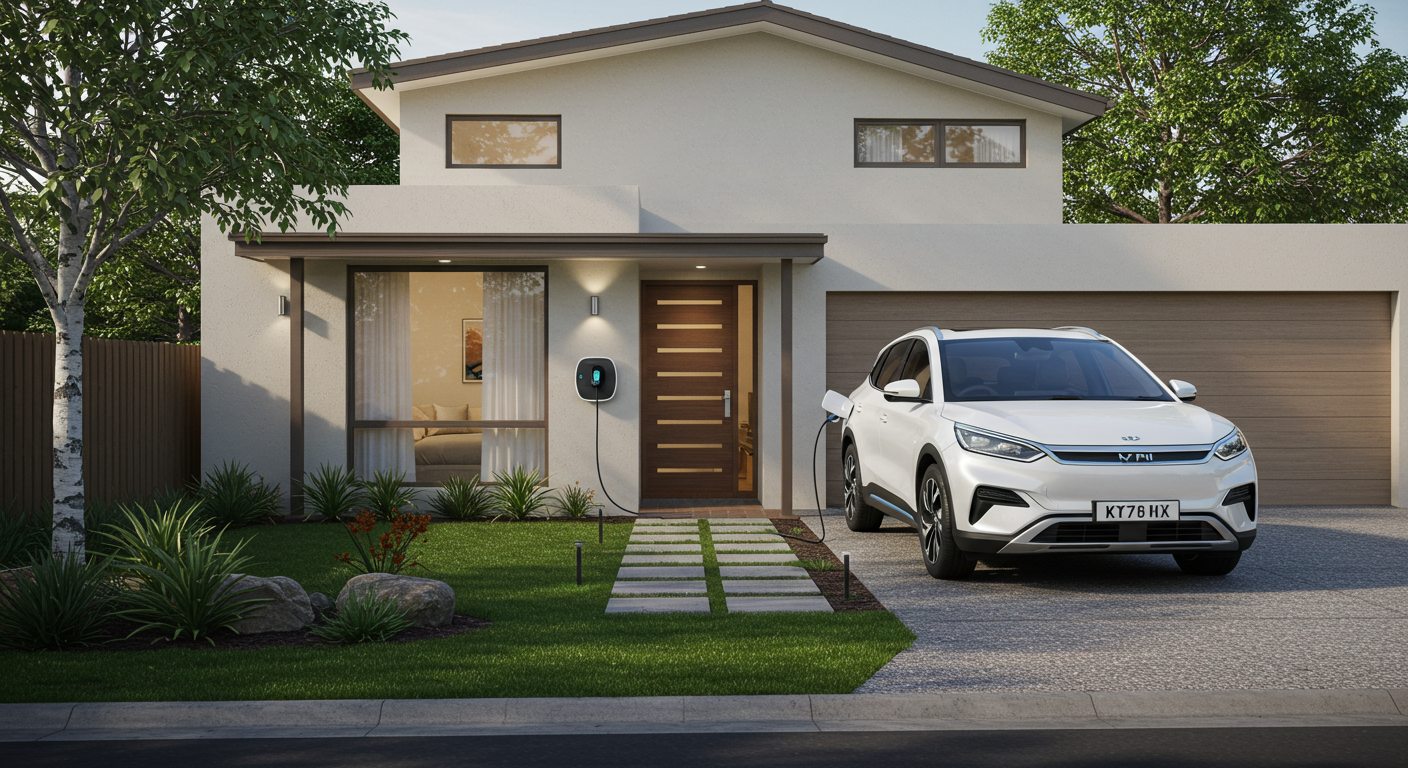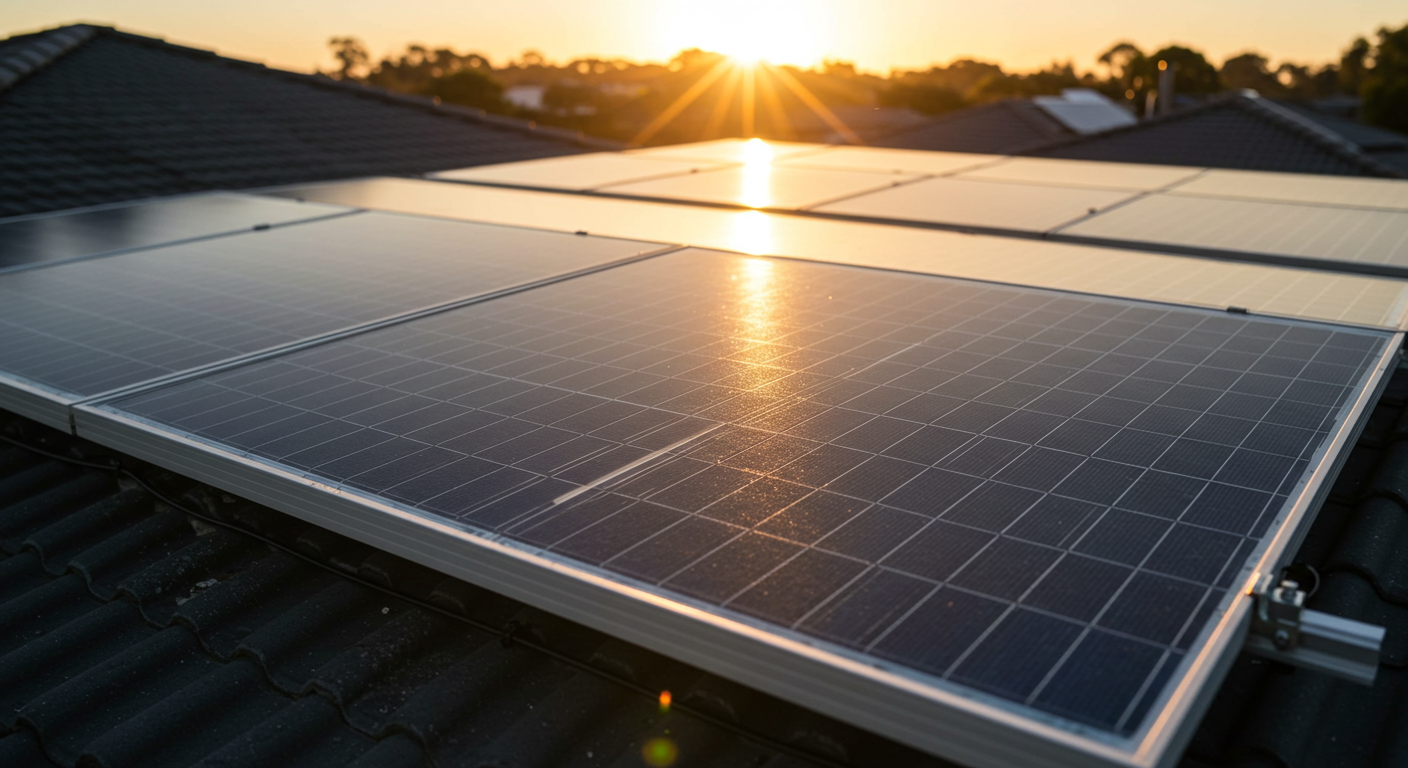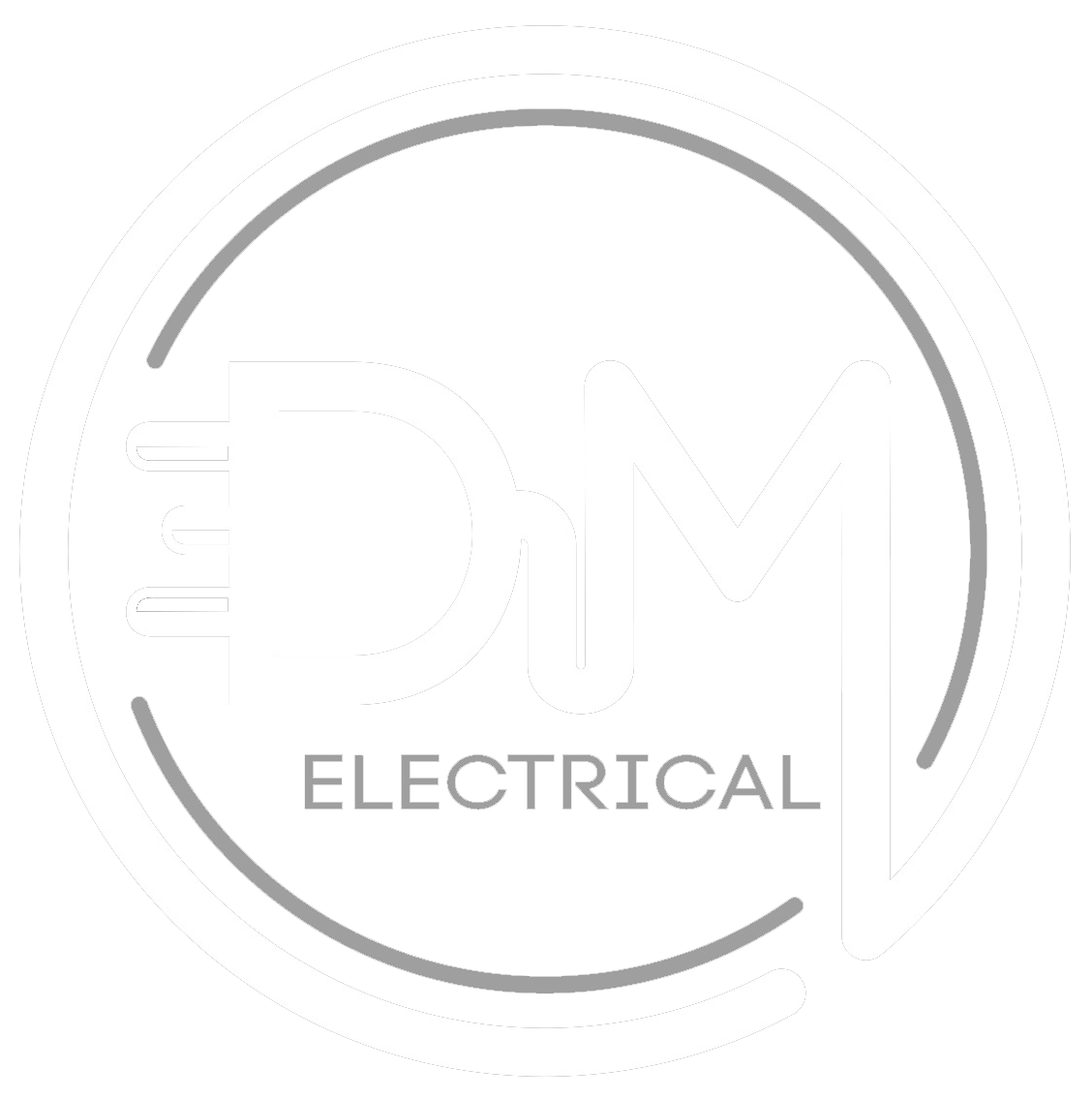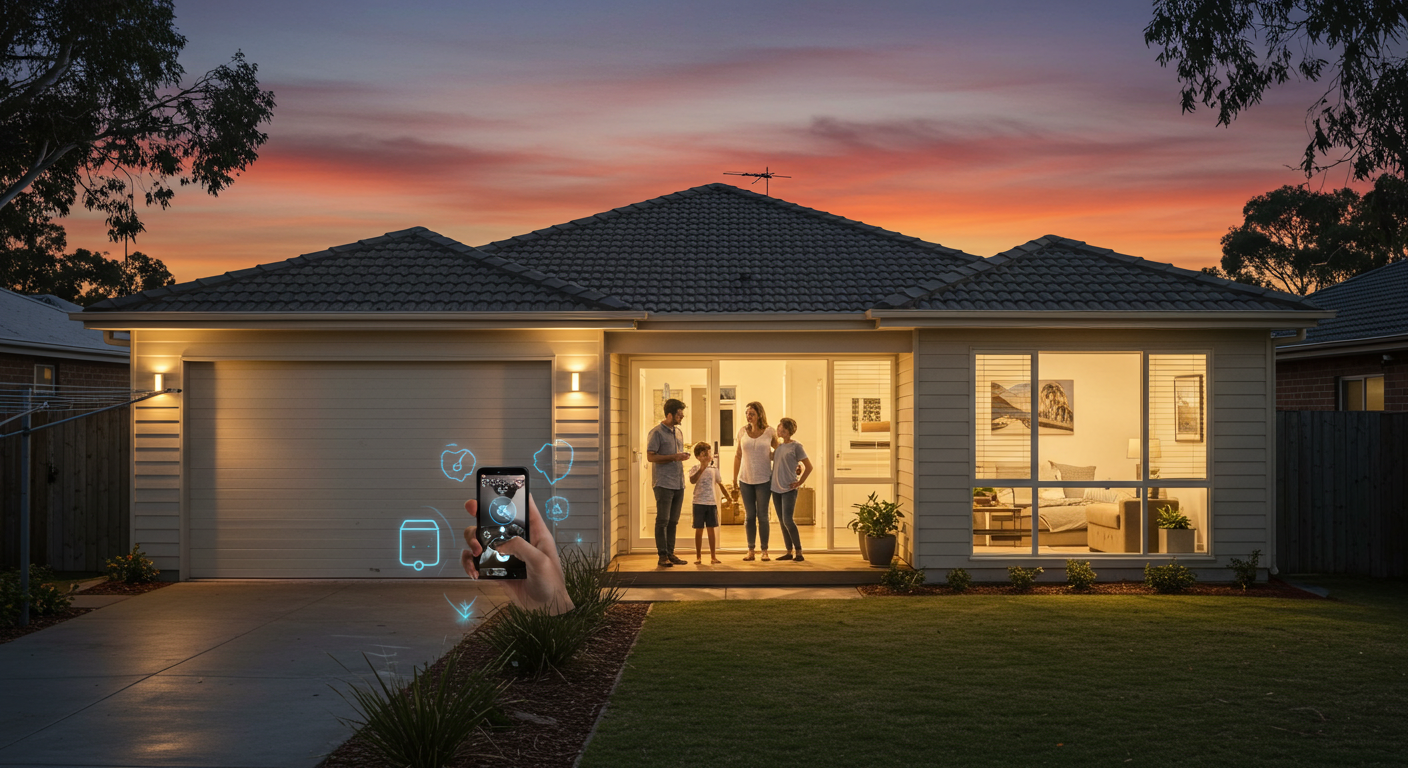By Brandon Caspersz
•
September 23, 2025
Solar power is becoming a smart upgrade for homes in Sydney as energy prices rise and government subsidies decrease. From powering your entire house to charging an EV, the possibilities with solar panels are vast and accessible. In this complete 2025 guide, we will help you understand residential solar panels, their key features, cost, and how to choose the best system for your home. What Are Residential Solar Panels? Solar panels convert sunlight into electricity, providing homes with a renewable energy option. They consist of photovoltaic cells made of semiconductor materials like silicon. Sunlight strikes these cells, causing electrons to move and generate electric power. This setup lets homeowners generate their own electricity and reduce reliance on conventional energy systems. Key Parts of Solar Panel Systems Here are the main components needed for a solar panel system installation at home: Solar Panels They, sometimes called solar modules, convert sunlight into Direct Current (DC) electricity. The inverter then takes this DC electricity for use in the home. Mounting Systems Also called a racking system, holds PV units in place on your roof. This part of a solar setup keeps your panels attached during heavy rain, strong winds, or hailstorms. The mounting system is selected based on the type, dimensions, direction, and tilt of the roof. There are several mounting options, like roof mounts, ground mounts, and ballasted mounts. Monitoring Systems A monitoring system optimises energy and tracks the output of residential solar electric systems. It also analyses voltage, current, temperature, battery storage levels, and the system's overall condition. Inverters They convert Direct Current (DC) electricity generated by the solar arrays into alternating current (AC) electricity. This AC electricity then enters the switchboard and travels through the house to power appliances and meet everyday electricity needs. Various inverter types control extra functions that a basic inverter cannot. Some can store extra energy in a battery, like a Hybrid Inverter, while others, such as Microinverters, can optimise individual panels. For the most suitable option, choose the best solar installer who considers your energy use and financial plan. Solar Battery A solar battery is optional as it stores the extra power produced by panels during the day. You can use that stored energy at night or when electricity demand is high. Though not required, a properly installed solar battery improves energy independence and can help save money. Residential solar power systems may also need cables, AC and DC disconnect switches, grounding tools, and any necessary council approvals Types of Solar Panels Homeowners in Sydney are looking up how to install a home solar system in 2025. Here are the main types you can choose from: Monocrystalline: These are built from a single crystal structure. Monocrystalline panels offer great efficiency and last a long time. This type is ideal when you need a lot of power in a smaller area. Polycrystalline: These are made using multiple crystal structures. Polycrystalline panels are affordable and work well in different situations. This is the best choice if you're looking to save money but still want optimal performance. Thin-Film: These panels use a thin layer of photovoltaic material in their design and are ideal for houses with smaller roofs or creative layouts. Thin-film arrays are lightweight and flexible. Cost of Residential Solar Power System The table below shows typical costs to install a complete solar power system in 2025. Prices quoted for systems include the cost of installation as well.






